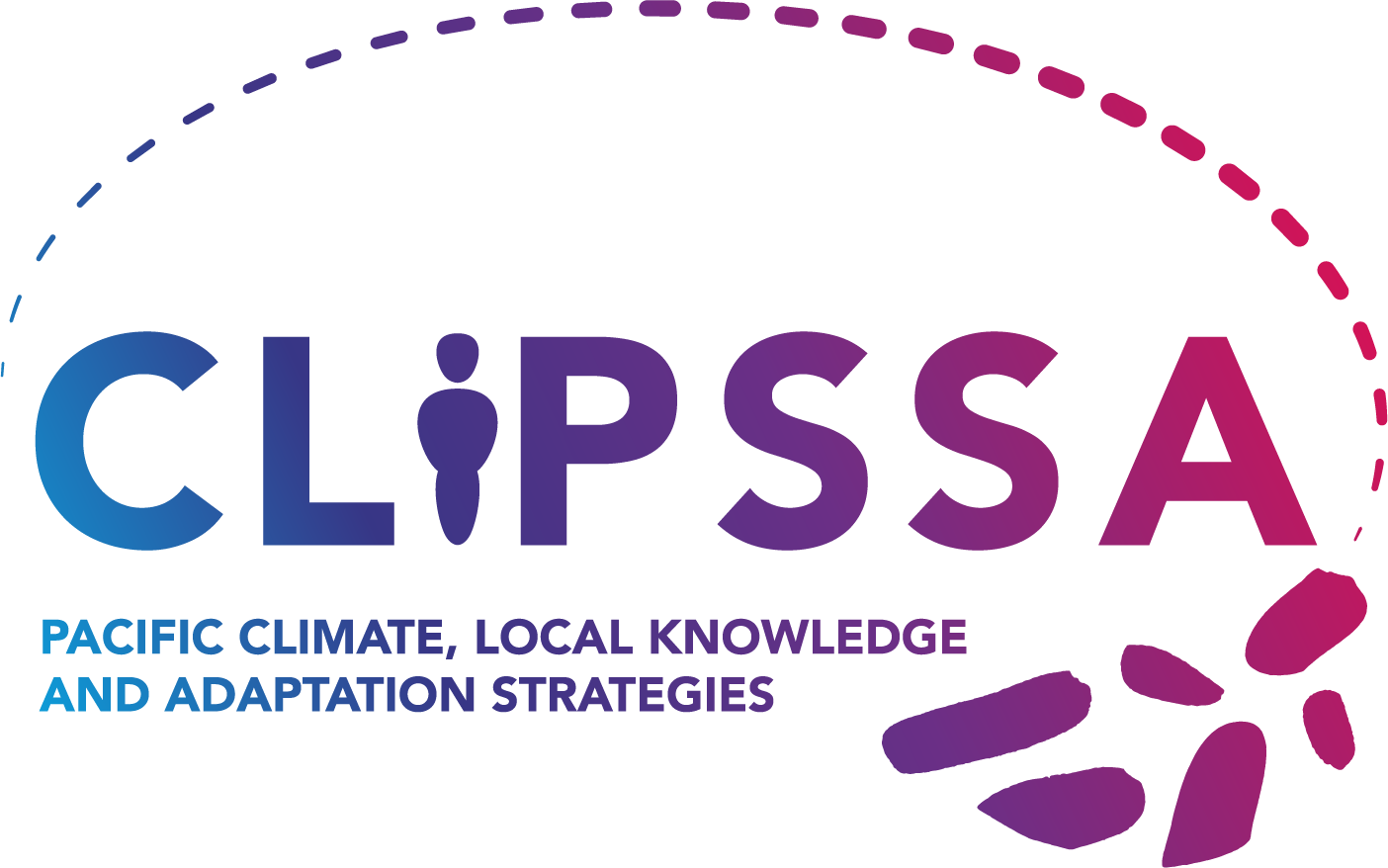Climatically, the South Pacific has a variety of climates ranging from the warm, rainy, year-round equatorial climate of the Solomon Islands to a tropical to subtropical climate with alternating hot and humid and cooler and drier seasons. This area is located on one of the most important convection zones on the planet, the South Pacific Convergence Zone (SPCZ), with direct consequences in terms of floods, droughts, heat waves and cyclones on the South Pacific islands. The SPCZ is a key component of cyclone formation and governs the freshwater resources of South Pacific island countries at the first order of magnitude. On interannual scales, the intensity and position of the SPCZ are dependent on key climate phenomena in the region such as the El Niño-Southern Oscillation (ENSO).
The functioning of the SPCZ is challenging to understand because of the complex interactions that occur within it between the ocean and the atmosphere. International programmes, such as CLIVAR[1], to better understand the dynamics, interaction and predictability of the climate system have highlighted the complexity of the functioning of the SPCZ, which climate models generally simulate very poorly.
As a result of the SPCZ, Pacific Island States and Territories are profoundly affected by a number of weather and extreme events causing significant socio-economic and ecological damage. With very uneven adaptive capacities, given the diversity of geographical, economic and social situations, and with various future changes in climatic events such as ENSO or extremes, the Pacific Island States and Territories are thus very vulnerable to the effects of climate change, even though they represent only 0.03% of global greenhouse gas (GHG) emissions.


